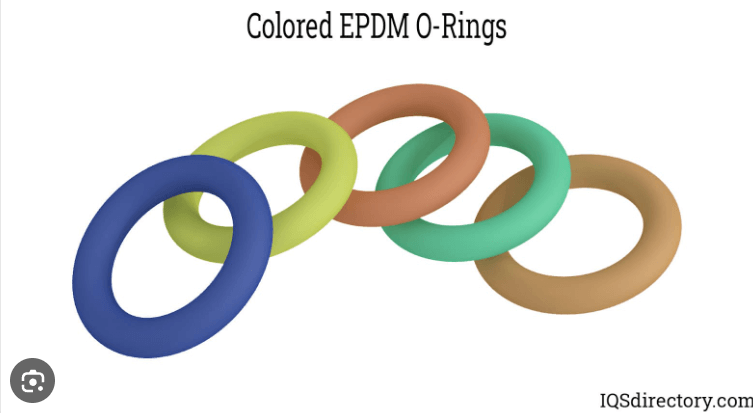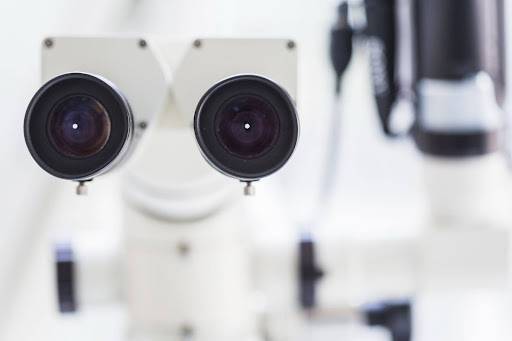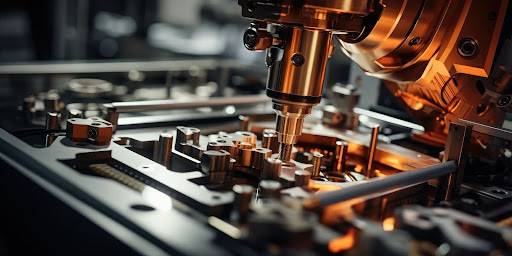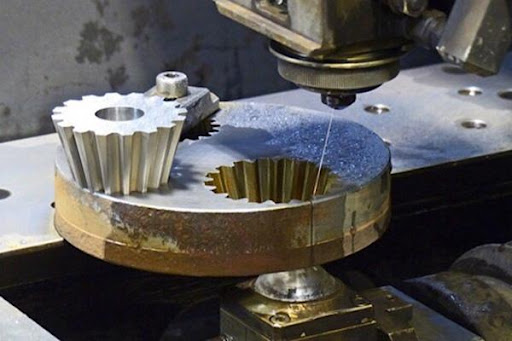
The industrial landscape is constantly changing and evolving. This is particularly true in the field of edm machining. Invented in the early 19th century, EDM rapidly became an essential tool for manufacturing. Today, it is used in a wide variety of industries, from aerospace to medical devices. And as the technology continues to evolve, so too does the way it is used. For example, advances in computer-controlled EDM have made it possible to create increasingly complex shapes and patterns. This has opened up new possibilities for manufacturers, who can now create products that are more intricate and detailed than ever before. With each new development, EDM continues to transform the industrial landscape.
EDM allows for greater flexibility and faster turnaround times
Electrical Discharge Machining, or EDM, is a popular machining method that uses electrical current to remove metal from a workpiece. While it has been around for centuries, it has only recently gained popularity as a tool for manufacturing. One of the reasons for this is that EDM allows for greater flexibility and faster turnaround times than traditional machining methods. With EDM, there is no need to create a physical model of the desired part. Instead, the design can be created digitally and then downloaded directly to the machine. This means that parts can be produced much faster and with less waste. In addition, EDM can be used to create parts with very intricate designs that would be impossible to create using other methods. As a result, EDM is becoming an increasingly popular choice for manufacturers who are looking for ways to improve their products and processes.
EDM is highly versatile, able to machine parts with complex shapes that would be difficult or impossible to produce using other methods. In addition, EDM can be used on a variety of materials, including hard metals like stainless steel and titanium. The process is also relatively fast, with most parts taking only a few hours to produce.
Due to its many advantages, EDM has become increasingly popular in recent years, especially in the aerospace and medical industries. However, the process does have some drawbacks, including high operating costs and the potential for damage to delicate parts. Nevertheless, EDM remains an essential tool for many manufacturers who require precise and accurate results.
EDM can be used to create prototypes and test new ideas
When it comes to developing new ideas and products, the ability to quickly create prototypes is essential. Electrical Discharge Machining, or EDM, is a process that can be used to create highly accurate prototypes from a variety of materials. It can be used to create prototypes and test new ideas quickly and cheaply.
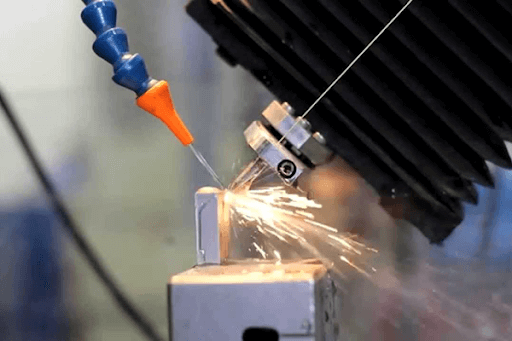
It works by using electrical discharges to remove small bits of material from a workpiece. This process is well suited for creating prototypes because it does not require any special tooling or fixtures, and can be easily programmed to produce complex shapes with a high degree of accuracy. This means that new parts can be quickly made with minimal investment. In addition, EDM can be used to create prototypes from a wide range of materials, including metals, plastics, and ceramics. As a result, it is an invaluable tool for anyone who needs to quickly create prototypes and test new ideas.
In addition, EDM is very precise, so it can be used to create complex shapes that would be difficult or impossible to make with other methods. As a result, it is an invaluable tool for engineers and inventors who want to bring their ideas to life.
EDM helps companies save money in the long run
As more companies adopt EDM technology, the cost of production is expected to continue to decline. This will ultimately benefit consumers by providing them with access to cheaper goods and services.
Many companies are finding that electrical discharge machining (EDM) is an efficient and cost-effective way to produce metal parts. Unlike traditional machining methods, EDM does not rely on cutting tools to remove material from a workpiece. Instead, it uses a stream of electrically charged particles to erode the metal. This process is highly precise, and it can be used to produce parts with intricate shapes and detailed designs, also, it can be used to repair damaged tools and dies. As a result, EDM can help companies save money in the long run by reducing the need for replacement parts. Besides, EDM can be used to recycle scrap metal, further reducing costs. In addition, EDM is not limited by the hardness of the metal, making it ideal for working with difficult-to-machine materials.
Best of all, EDM machines are relatively simple to operate and maintain, which helps to keep costs down in the long run. As a result, more and more companies are turning to EDM when they need to produce high-quality metal parts quickly and efficiently.
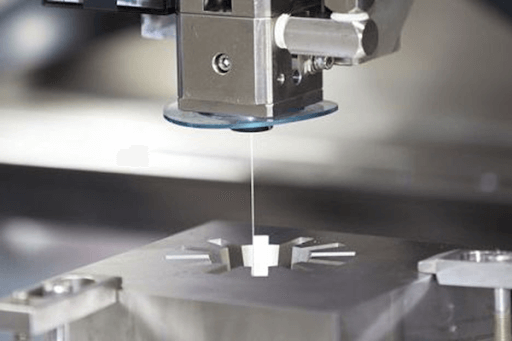
Conclusion
The industrial landscape is constantly changing and evolving. In the past, manufacturing was primarily done by hand, with each worker performing a specific task. Today, however, many tasks are automated, and workers are often responsible for operating multiple machines. Over the past century, we have seen the rise and fall of many different industries. Today, one of the most important industries is electrical discharge machining (EDM). With the help of EDM, manufacturers are able to create products with incredible accuracy and precision. As the demand for more sophisticated products continues to grow, EDM will likely play an even more important role in the industrial landscape.
